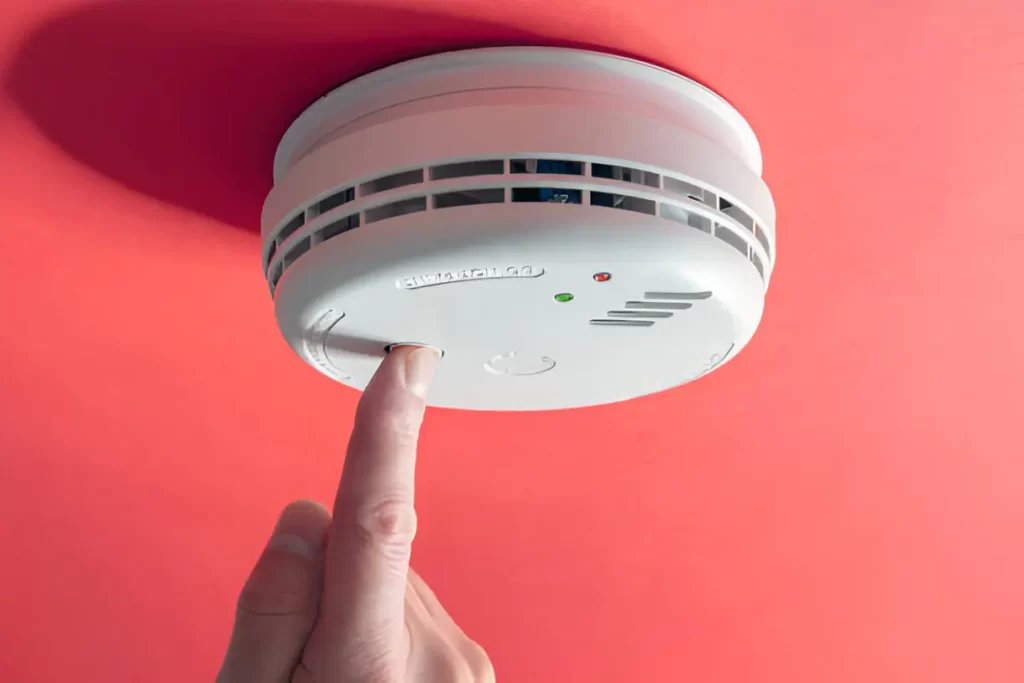Emergency Lighting Installation and Maintenance
It is designed to illuminate escape routes, provide visibility in emergency areas, and help people safely evacuate a building in the event of an emergency, such as a fire or blackout.

Installation of Emergency Lighting
Planning and Design:
- Risk Assessment:A thorough risk assessment is conducted to identify areas requiring emergency lighting, such as stairwells, corridors, exits, and assembly points.
- Compliance:Installation must meet local regulations, such as the National Fire Protection Association (NFPA) standards or British Standards (BS 5266-1).
- Type of Lighting:The selection of appropriate emergency lights depends on the environment and specific needs. Options include exit signs, battery-powered lights, or mains-powered lights with backup power.
- Positioning: Emergency lighting fixtures should be strategically positioned along escape routes and near emergency exits, with sufficient illumination to guide people to safety
Installation Process:
- Power Supply Connection:Emergency lighting systems can either be connected to the mains power supply or operate on a dedicated emergency power system (e.g., battery-backed or generator).
- Wiring and Mounting:Proper wiring is critical to ensure continuous power supply to emergency lights, and fixtures must be securely mounted according to the design specifications.
- Testing and Commissioning:Once installed, a series of tests, including function and duration tests, are conducted to verify that the system operates correctly under emergency conditions.
Maintenance of Emergency Lighting:
Routine Inspections:
- Monthly Checks:Visual inspections should be performed monthly to ensure that lights are functional, covers are intact, and there is no visible damage to wiring or fixtures.
- Battery Testing:The batteries in emergency lighting systems should be tested monthly to ensure they can hold a charge and operate for the required duration during power outages.
- Lamp Functionality: Check that all lamps are working properly and replace any burnt-out lamps immediately
Annual Maintenance:
- Full System Test:An annual full-system test should be conducted to ensure that the emergency lighting functions as expected. This involves running the system on battery power to simulate a power failure and verifying that it illuminates the required areas.
- Battery and Lamp Replacement:Batteries typically need to be replaced every 3-4 years, depending on the type, and lamps should be replaced regularly to maintain the system’s effectiveness.
- Compliance Audit:Regular audits should be performed to ensure that the emergency lighting meets current regulations and any system upgrades or modifications are implemented promptly.
Documentation and Reporting:
- Record Keeping:Detailed logs of inspections, maintenance activities, and tests should be kept for compliance and future reference.
- Service Reports:Any issues or repairs made to the system should be documented, and a corrective action plan should be in place to resolve issues efficiently.
